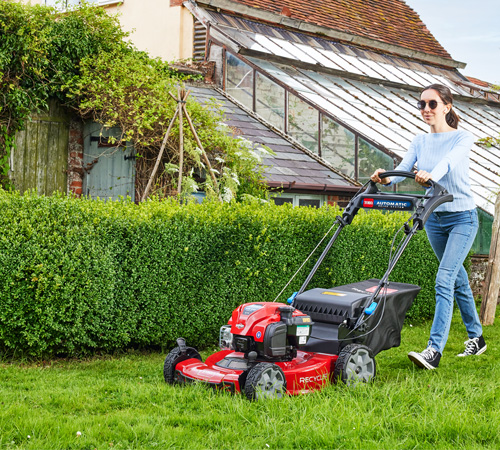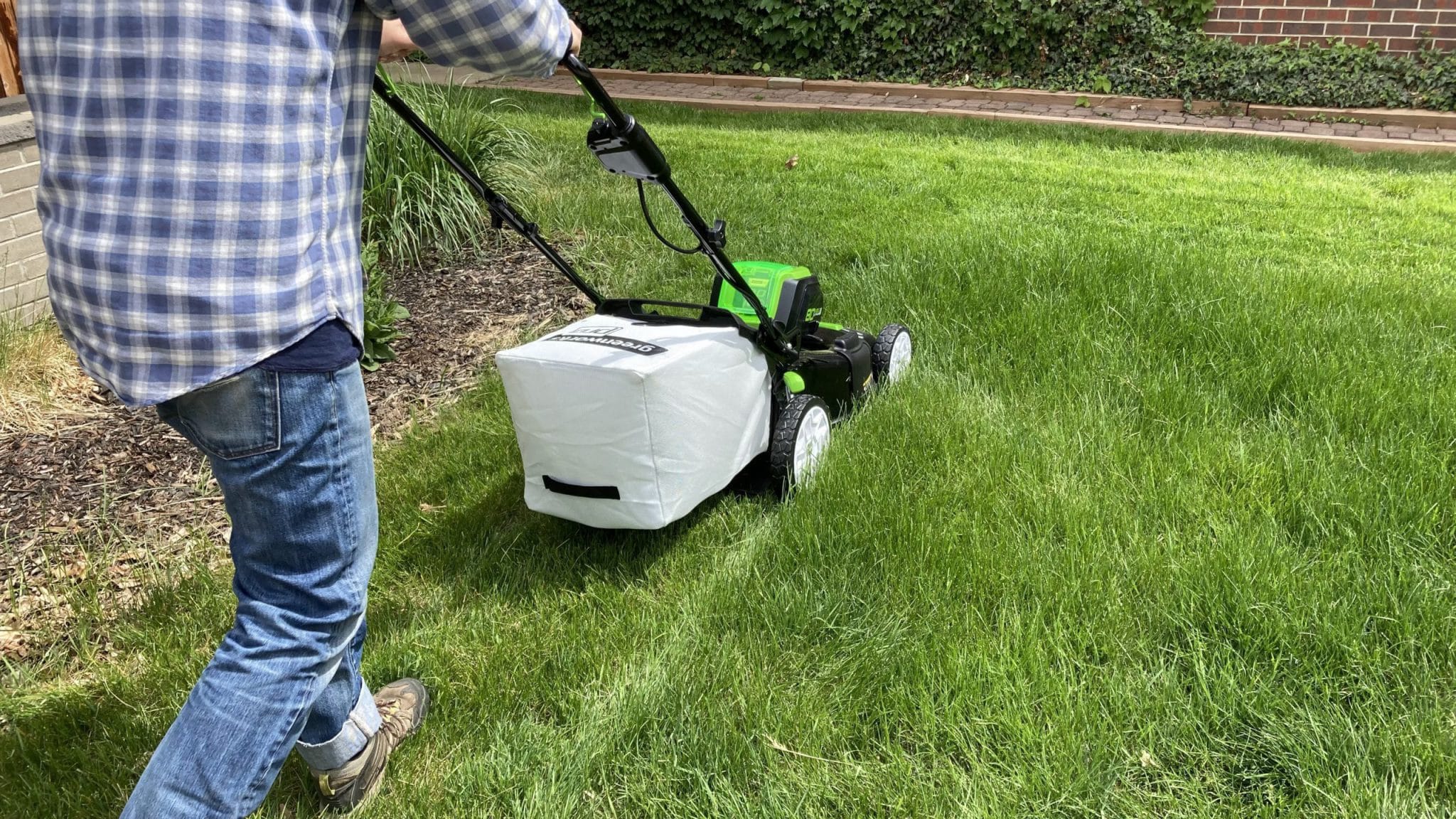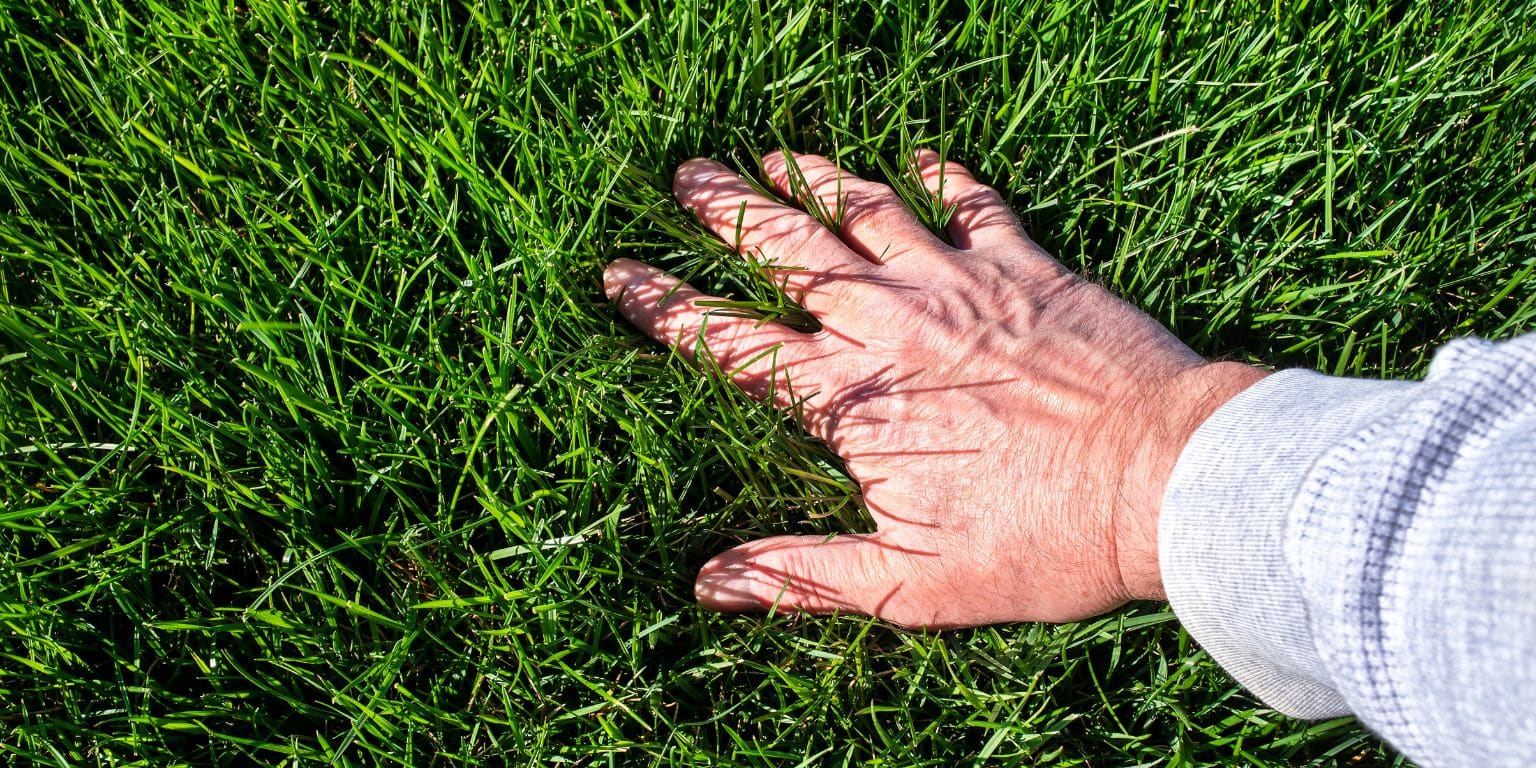For effective weed control in lawns, proper watering, mowing, and application of herbicides are key. Maintaining a healthy lawn with good cultural practices helps prevent weed infestation.
Weeds compete with grass for resources such as sunlight, water, and nutrients, leading to a weakened lawn. Regularly mowing the grass at the appropriate height and frequency can help inhibit weed growth by promoting a dense turf. Herbicides can be used to target specific weed types or apply pre-emergent herbicides to prevent weed seeds from germinating.
Selective herbicides are effective in controlling weeds while preserving the health of the grass.
:max_bytes(150000):strip_icc()/3SP4175254-4-48f1ab17532649d09719b00202f53b1a-e333df1f505b4435a6ab5499e840a8b5.jpg)
Credit: www.thespruce.com
Table of Contents
ToggleChoosing The Right Weed Control Products
Choosing the right weed control products is essential for maintaining a healthy lawn. Understanding the different types of weed control products available is the first step. Selecting the right product for your specific weeds ensures effective results.

Credit: www.toro.com
Implementing Organic Weed Control Methods
Using natural herbicides and weed barriers can help prevent weed growth in lawns. Integrating cultural and mechanical methods such as regular mowing and hand-pulling weeds is also effective.
Best Practices For Weed Control Application
Weed control for lawns is essential for maintaining a healthy and lush turf. Understanding the optimal timing for weed control application is crucial. Applying weed control at the right time can significantly improve its effectiveness. Proper techniques for application, such as uniform coverage and adherence to safety guidelines, are key to achieving the desired results without harming the environment.
It is important to consider weather conditions and the type of weeds present in your lawn when determining the best approach for weed control. Using the appropriate products and methods can help to minimize the recurrence of weeds and promote the overall health of your lawn.
Dealing With Stubborn And Resilient Weeds
Weeds can be a persistent nuisance in lawns, but with the right strategies, you can keep them under control. Identifying common resilient weeds is crucial for effective weed management. Some of the most stubborn weeds in lawns include dandelions, crabgrass, clover, and chickweed. These weeds are known for their ability to spread quickly and compete with the grass.
To combat these tough weeds, it’s important to take proactive measures. Regular mowing and proper watering can help maintain a healthy lawn, making it more difficult for weeds to thrive. Additionally, manual removal of weeds, such as pulling them out by hand or using a hand weeder, can be effective. Applying a pre-emergent herbicide in early spring can also prevent weed germination. In severe cases, a post-emergent herbicide may be necessary. Remember to always read and follow label instructions when using herbicides to ensure safety and effectiveness. By employing these strategies, you can achieve a weed-free lawn that is the envy of your neighbors.
Maintaining A Weed-free Lawn
Implementing regular maintenance practices is crucial for ensuring a weed-free lawn. Consistent attention to your lawn’s needs can help prevent weeds from taking over. Start by mowing your lawn at the recommended height and frequency. This helps to keep the grass strong and limits the space available for weeds to grow. Additionally, watering your lawn deeply but infrequently encourages deep root growth and discourages weed growth.
Remember to pull out any visible weeds by hand to prevent them from spreading. In areas where weeds are persistent, you may choose to apply organic or chemical weed control products selectively. It’s also essential to regularly fertilize your lawn to promote healthy growth and resistance to weed invasion. By following these regular maintenance practices, you can keep your lawn weed-free and enjoy a beautiful and inviting outdoor space.

Credit: www.angi.com
Frequently Asked Questions On Weed Control For Lawns
Faq 1: How Often Should I Water My Lawn?
Watering your lawn 1-2 inches per week is usually sufficient. However, it is best to water deeply and infrequently rather than shallow and frequently. This encourages strong root growth and helps your lawn become more drought-tolerant.
Faq 2: When Is The Best Time To Apply Weed Control Products?
The best time to apply weed control for lawns products is in the spring when the weeds are actively growing, but before temperatures get too hot. This allows the product to be most effective in killing weeds while minimizing damage to your lawn.
Faq 3: Can I Apply Weed Control Products On A Newly Seeded Lawn?
It is generally recommended to wait until your newly seeded lawn has been mowed at least 3 times before applying any weed control products. This allows the grass to become established and reduces the risk of damage from the herbicide.
Faq 4: How Long Should I Wait To Mow My Lawn After Applying Weed Control?
After applying weed control, it is typically recommended to wait at least 48 hours before mowing your lawn. This allows the product to fully absorb and work its way into the weeds, increasing its effectiveness.
Conclusion
In maintaining a healthy lawn, proper weed control is essential for lush, green grass. With the right approach, you can eliminate weeds and promote a beautiful, flourishing lawn. By understanding common weed types and implementing effective control methods, you can achieve a weed-free, healthy lawn that enhances the aesthetic appeal and value of your outdoor space.





